Jolyon Palmer’s Analysis: Why Leclerc had reason to be aggrieved in Japan

Max Verstappen and Charles Leclerc came together on lap 1 in Suzuka, in a move that would end Verstappen’s race and earn Leclerc a five-second penalty after it had finished. But for Leclerc this all started before the lights went out...
From second on the grid Leclerc shouldn’t have been under pressure from fifth place man Verstappen into Turn 1, but he was caught out by teammate Sebastian Vettel’s ‘jump’ start antics.
When the drivers are on the grid and the lights are coming on, all of the focus is on the lights. They come on one by one, the heart rate of the drivers is extremely high, the focus at its most intense. But whilst doing this they must hold the throttle at a constant pressure and get ready to drop the clutch to the exact perfect point.
As Vettel lurched forwards and stopped again, Leclerc lost concentration on the lights for a split second and as a result was very slow to react to them going out.
Bottas’ reaction was unbelievable, almost as if he was anticipating the lights, or even reacting to Vettel ahead and the lights went out at the perfect moment for him. Either way, he launched past Vettel and Leclerc and into the lead.
Leclerc had to cover off Hamilton on the inside and Verstappen on the outside into Turn 1, and whilst Hamilton backed out early into the corner, Leclerc was cautious as well, which allowed Verstappen to sweep around the outside.
Leclerc then, in a desperate bid to keep third place, carried a lot of speed into Turn 2 and understeered clean into the side of Verstappen who had given him plenty of space on the inside.
They could have gone through Turn 2 side by side, however Leclerc’s understeer meant he deviated from the inside line and crashed into the side of the Red Bull.
In clean air, Leclerc probably didn’t carry too much entry speed for Turn 2, but his team mate’s Ferrari just ahead meant he was in the dirty air and picked up terminal understeer, as he was missing the front downforce and airflow over the car.
Ultimately Verstappen was wiped out and Leclerc could continue with a damaged front wing.
At this point as a driver you are really hoping that your car can carry on and you have to put the clash to the back of your mind and continue the race.
For Leclerc at this point, fortunately he was still in third place, and somehow, despite his front wing dragging along the ground as the endplate was completely broken on the left hand side, he was able to just about keep pace in the opening laps.
Therefore the call to pit from the FIA would have been a major frustration for both the driver and team, because if Leclerc could continue for another 10 laps then he would have got to a legitimate pit stop window, and his race wouldn’t have been compromised too heavily, except for a longer pit stop for a front wing change, and probably more heavily degrading front tyres, as they suffered with the no doubt missing front load.
However with the front wing scraping the ground as heavily as it was it was always prone to breaking off, and ultimately as it did, it was lucky that it only hit the wing mirror of Hamilton, who was following closely behind, and not the cockpit, just inches to the side.
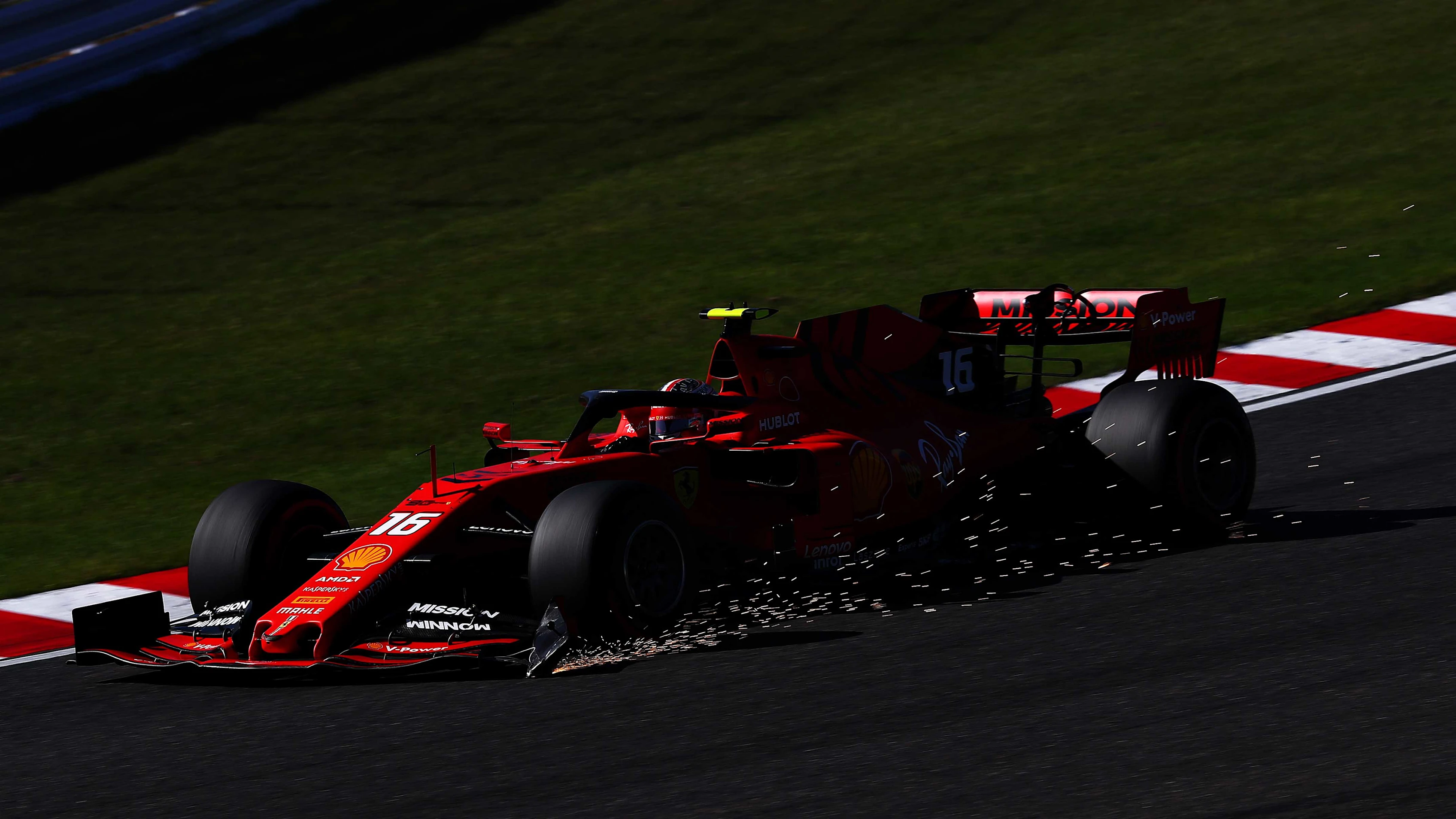
That is why the FIA called Ferrari in, and ultimately it was their decision not to follow that order that earned Leclerc another 10-second penalty at the end of the race.
It’s hard for Ferrari to argue with either the five or the 10-second penalty that was awarded to Leclerc, but the timing of the decisions was tough on both driver and team.
The Verstappen incident happened on lap 1, and the ignoring of the FIA’s instruction to pit happened in the following couple of laps, therefore giving the stewards plenty of time to dish out a penalty during the race.
If Ferrari had known about the 15-second penalty then they would have ended up with a sixth place instead of a seventh, because he was 22 seconds ahead of the Gasly/ Ricciardo battle behind when he pitted in an attempt to gain fastest lap at the end.
That gave up 20 seconds of race time, dropping him within the 15 seconds of penalty that was about to be hit and ultimately cost him two points.
In the grand scheme of things, this isn’t a deal breaker for a man that isn’t going to win the title. Finishing sixth or seventh isn’t a major issue, but it’s an example of how a delayed stewards decision can impact what a team might do for the rest of the Grand Prix.
At least Leclerc still managed some points though. The man he took out at the start, Verstappen, didn’t get any...
Next Up
Related Articles
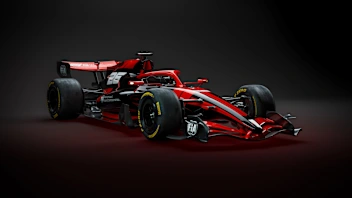 GALLERY: Check out renders of the innovative 2026 car
GALLERY: Check out renders of the innovative 2026 car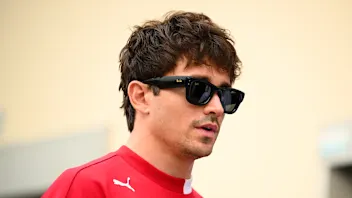 Leclerc calls Ferrari’s focus shift to 2026 a ‘no-brainer’
Leclerc calls Ferrari’s focus shift to 2026 a ‘no-brainer’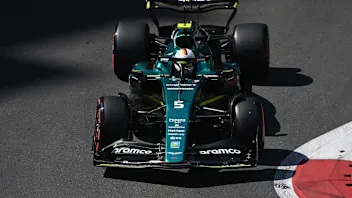 11 times F1 drivers took another driver’s car number
11 times F1 drivers took another driver’s car number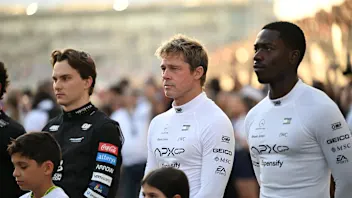 ExclusiveHow APXGP was brought to life by costume designer Julian Day
ExclusiveHow APXGP was brought to life by costume designer Julian Day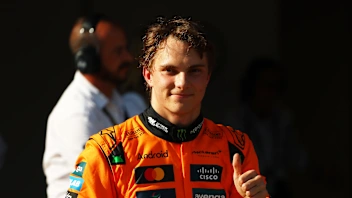 Piastri reveals lessons that will ‘only make me stronger’
Piastri reveals lessons that will ‘only make me stronger’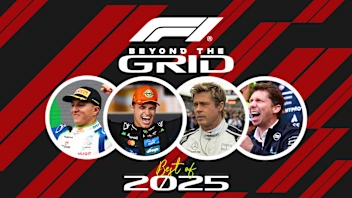 Beyond The GridThe best of 2025, from Norris’ evolution to Brad Pitt’s ‘need for speed’
Beyond The GridThe best of 2025, from Norris’ evolution to Brad Pitt’s ‘need for speed’